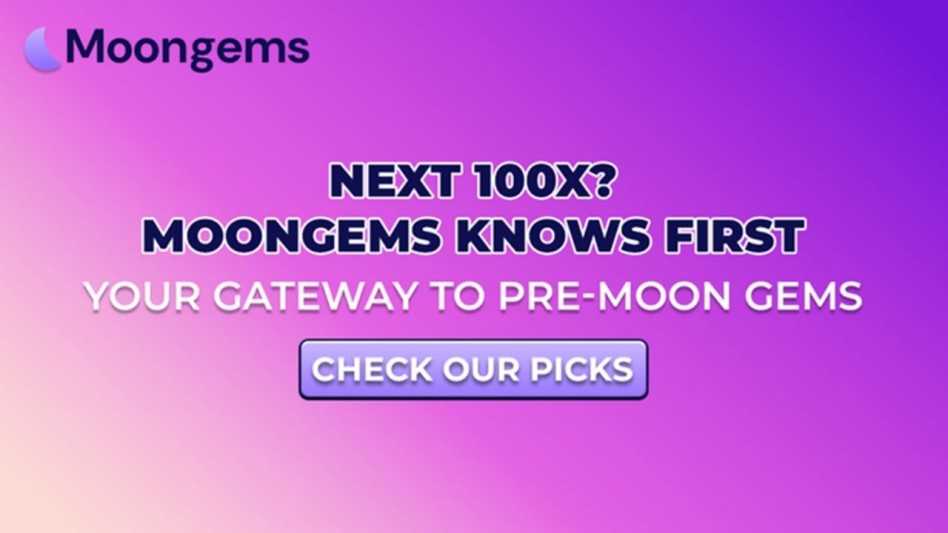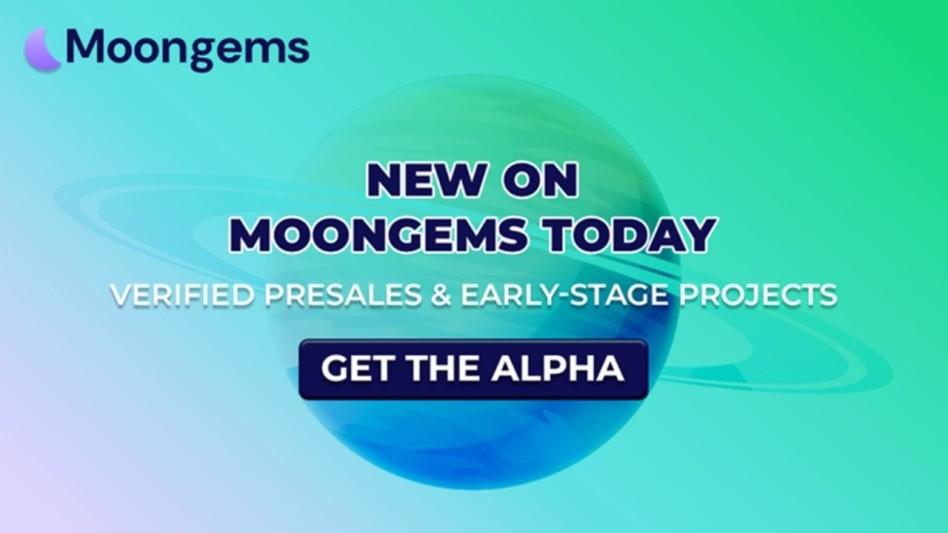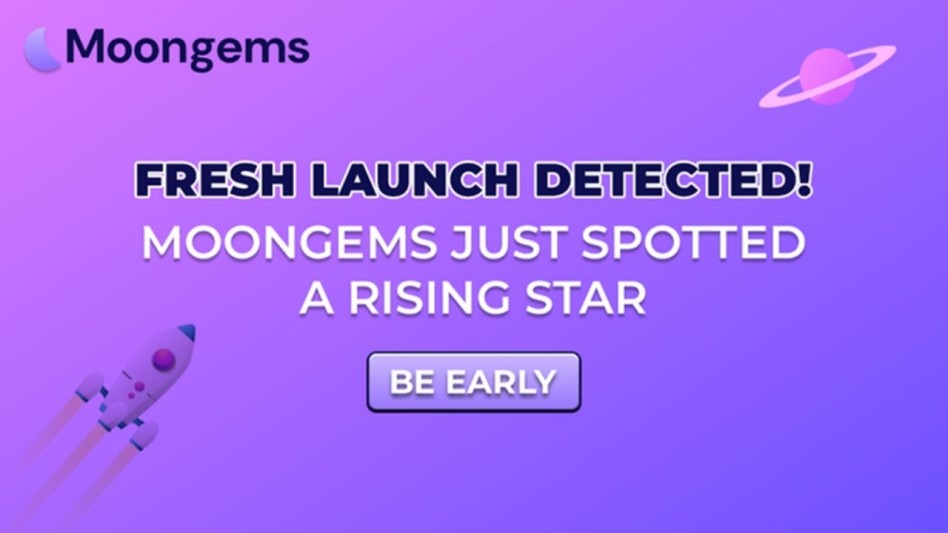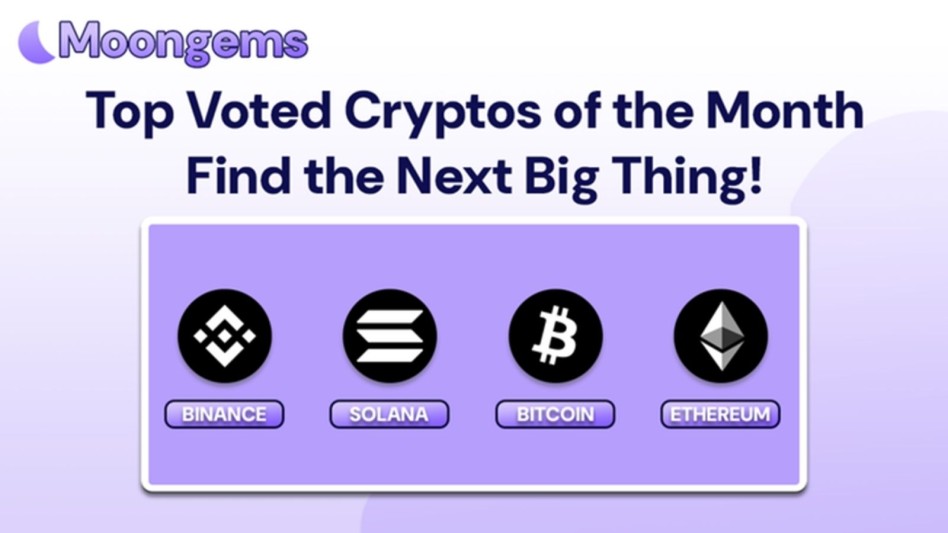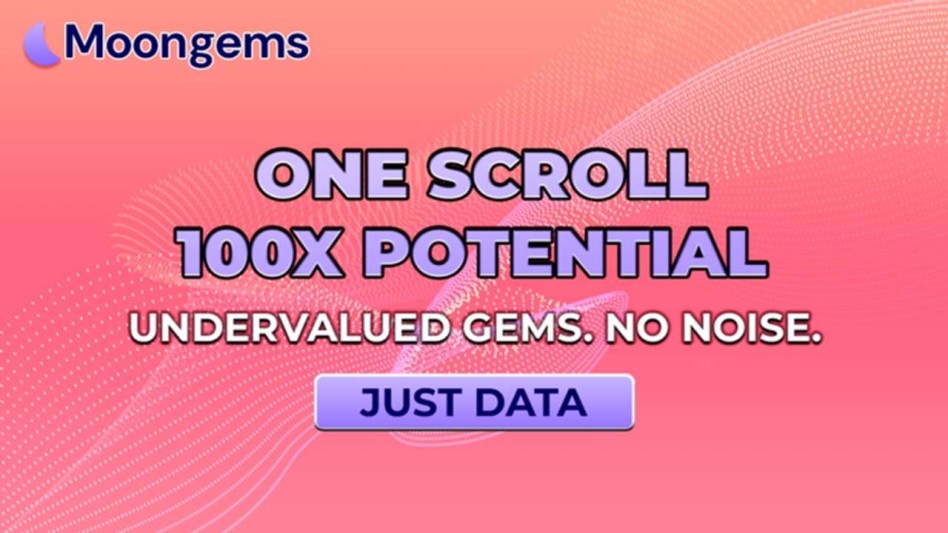Author: Jawad Hussain – Crypto Analyst & Web3 Researcher | 9+ years tracking presales, IDOs, and token launches. Follow him on X (formerly known as Twitter) and LinkedIn.
Crypto presales can create millionaires overnight, but they can also leave investors holding worthless tokens. One wrong bet, one rug pull, or one narrative rotation can crush portfolios, especially when investors chase hype instead of implementing risk controls.
In 2025, professional investors don’t treat risk management as optional; it’s their first priority. Platforms like MoonGems now provide retail investors with professional-level tools to manage risk, including advanced filters, safety indicators, liquidity data, and portfolio tracking.
This guide explains how to build safety nets into your presale investing strategy and survive even the most volatile markets.
1. Diversification: The First Line of Defense
Putting all your capital into a single presale is the fastest way to turn investing into gambling. Crypto presales are inherently volatile: some projects achieve 50x or more returns, while others fail to launch successfully. Diversification reduces this risk by spreading exposure across multiple projects and narratives, ensuring one failed presale doesn’t wipe out your portfolio.
A well-diversified presale portfolio covers different narratives (meme coins, AI tokens, DeFi platforms, infrastructure projects), blockchains (Ethereum, Solana, Base), and stages (early-stage moonshots vs. late-stage near-launch projects). This approach strikes a balance between the high upside potential of high-risk plays and the relative safety of more mature projects.
MoonGems simplifies diversification with tags, chain filters, and ranking data, enabling you to quickly identify projects across various categories and ecosystems. Instead of manually chasing hype across social channels, you can systematically allocate capital to multiple sectors in minutes, improving both risk profile and upside potential.
2. Allocation Discipline: Position Sizing Matters
Even with diversification, improper position sizing can sabotage your portfolio. For example, allocating 30% of your capital to a single risky meme coin because an influencer called it a “100x opportunity” can erase your gains overnight. Position sizing discipline ensures no single failure ruins your overall performance.
The rule of thumb is to limit high-risk projects to 5–10% of your total presale portfolio. Safer, KYC-verified, and audited presales can take slightly larger allocations but still avoid overweighting. This keeps individual losses manageable while allowing winners to drive overall portfolio growth.
MoonGems provides key safety signals, such as KYC verification, audit status, and liquidity locks, making it easier to categorize presales by risk level and adjust allocations accordingly. By pairing position sizing discipline with MoonGems risk data, investors can avoid emotional overexposure and build a balanced portfolio capable of surviving volatility.
3. Liquidity & Vesting Awareness: Avoiding Post-Launch Dumps
Many presale losses happen not at entry but post-launch. Why? Because investors ignore liquidity and vesting schedules. Unlocked liquidity pools allow developers or insiders to drain funds, while short vesting schedules for team tokens often result in significant post-launch dumps.
Before investing, always check for liquidity locks (preferably 12 months or longer) and vesting cliffs for insiders (e.g., 6–12 months with gradual releases). These structures prevent sudden supply shocks and align the team’s incentives with long-term project growth.
MoonGems aggregates liquidity and vesting data, flagging presales with no locks or risky unlock schedules. This saves investors hours of manual research on block explorers or whitepapers. By integrating these safety checks, you can avoid becoming exit liquidity for insiders and instead invest in projects structured for price stability and sustainable growth.
4. Risk-Based Exit Strategies
Holding every token “for the long term” is often a recipe for regret. A good risk management plan includes exit strategies tailored to each presale’s risk profile. Instead of guessing when to sell, you define your triggers before investing.
One proven approach is partial exits: sell 20–40% of your holdings after initial pumps (e.g., at 2x or 3x listing price) to secure capital and reduce downside risk, while keeping exposure to potential long-term upside. This way, even if the token corrects later, your principal and some profit are already safe.
MoonGems helps implement exit strategies with watchlists and milestone alerts. You can track price changes, liquidity unlock dates, and roadmap progress, making it easier to time partial exits or full exits based on data, not emotion. In presales, exit discipline often means the difference between banked profits and paper losses.
5. Monitoring & Rebalancing With MoonGems
Risk management isn’t a one-time action; it’s an ongoing process. Market conditions shift quickly, narratives rotate, and individual projects can succeed or fail unexpectedly. Regular portfolio monitoring and rebalancing ensure your capital remains aligned with your risk tolerance and market trends.
Rebalancing involves trimming overweight positions, cutting underperformers, and reallocating capital to safer or more promising opportunities. For example, if one presale moonshots early, lock in profits and redeploy them into diversified new projects or stablecoins. Conversely, if a narrative cools (e.g., meme tokens lose momentum), it reduces exposure and rotates into rising sectors, such as AI or RWAs.
MoonGems streamlines this process by providing real-time presale tracking, narrative velocity data, and safety metrics in a single dashboard. Instead of manually juggling multiple spreadsheets and news sources, you can rebalance confidently and efficiently, protecting your portfolio while staying positioned for the next wave of opportunities.
Conclusion: Protect First, Grow Second
Presale investing offers unmatched upside, but that upside only matters if you survive volatility. By diversifying across projects and narratives, sizing positions intelligently, prioritizing liquidity and vesting safety, implementing exit strategies, and rebalancing regularly, you can significantly reduce risk.
MoonGems makes all of this easier by combining advanced filters, safety indicators, liquidity data, and portfolio tracking to provide you with pro-level risk management tools. In presales, protecting your capital isn’t just good practice, it’s essential for staying in the game long enough to win.
Want to Manage Risk Smarter? Explore MoonGems.io, with presale tags, safety filters, liquidity data, and portfolio tracking. Build safer portfolios and capture growth with confidence.
Frequently Asked Questions (FAQs)
- How many presales should I hold?
Five to seven presales, balanced across different narratives and stages, is a solid starting point for most investors. - Should I avoid meme presales entirely?
Not necessarily. Meme presales can offer explosive returns, but size them smaller and exit earlier to manage risk effectively. - Are liquidity locks really that important?
Yes. Unlocked liquidity pools allow developers to drain funds, which is one of the most common rug-pull methods. - How often should I rebalance my portfolio?
Monthly or whenever there’s a major narrative rotation, security issue, or significant performance divergence among holdings. - Does MoonGems replace personal research?
No, but it dramatically reduces time spent on safety checks and narrative analysis, allowing you to focus on strategy instead of manual data collection.
Glossary of Key Terms
Liquidity Lock: A Mechanism preventing developers from withdrawing funds post-launch, protecting investors.
Vesting Schedule: Timeline for releasing team and insider tokens, reducing sell pressure.
Diversification: Strategy of spreading investments across multiple projects or sectors to lower risk.
Exit Strategy: Predefined plan to sell holdings to secure profit or limit losses.
Rebalancing: Adjusting portfolio allocations based on performance, risk, or market changes.
Disclaimer
This article is for educational purposes only and is not financial advice. Always conduct your own research before investing in cryptocurrency or digital assets.
Article Summary
Presales can deliver exponential returns, but only if managed properly. This MoonGems guide explains how to protect capital using diversification, position sizing, liquidity awareness, exit strategies, and regular rebalancing. With MoonGems’ advanced filters, safety metrics, and tracking tools, investors can implement professional risk controls and build resilient portfolios in volatile markets.



